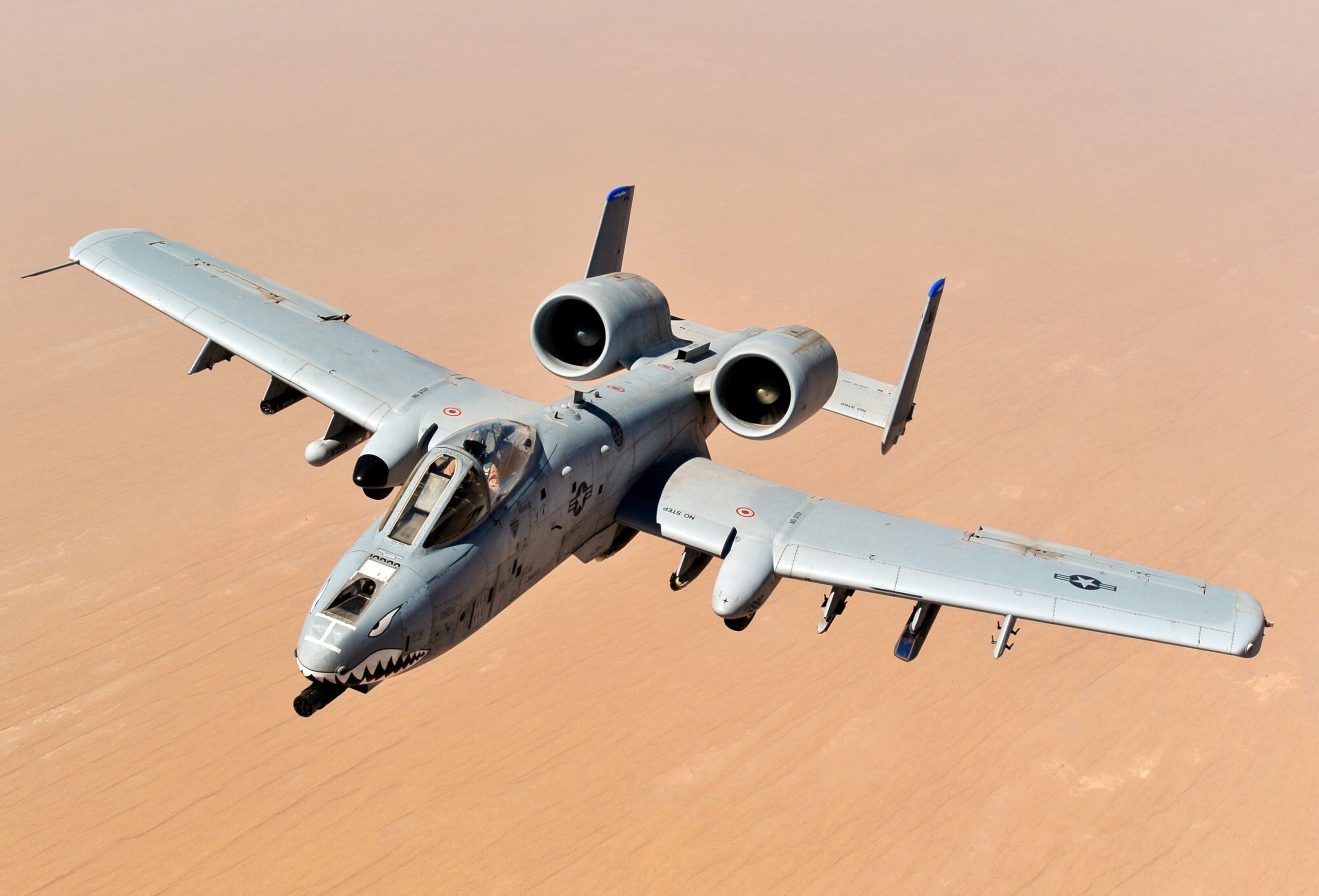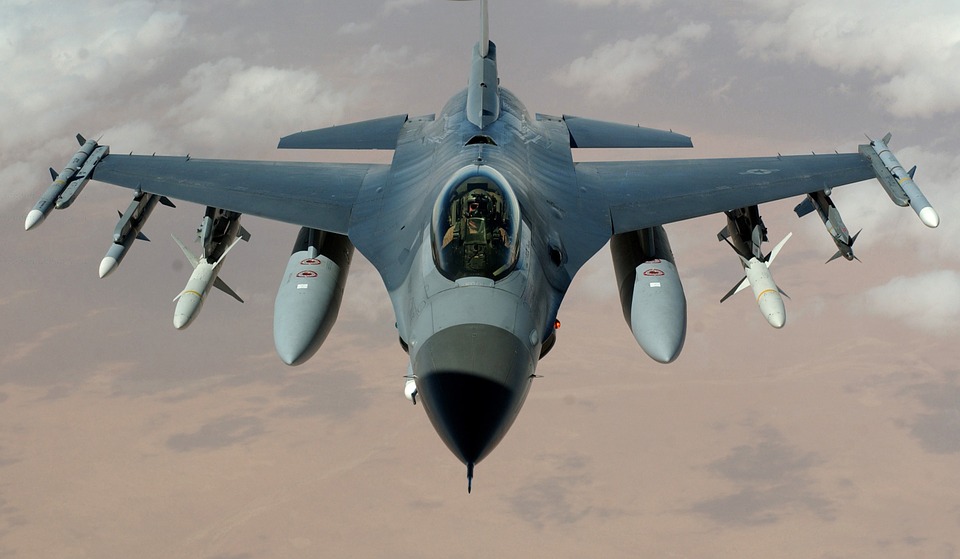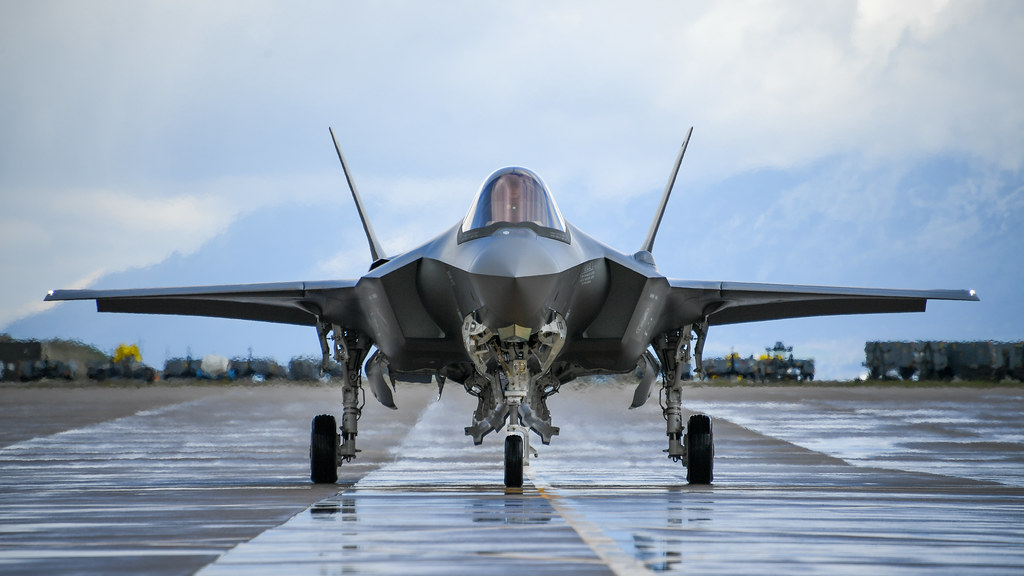On the battlefield, the requirements faced by the modern air wing are constantly shifting. Whether it’s on the ground, at sea or in the air, it is up to the men and women of United States Air Force to meet whatever challenges may arise. But what are these challenges and what responses have been developed? One example is our fighter aircraft, which has been developed to meet specific threats—be they in the sky or on the ground. Two of the most well-known, and often confused roles, are that of the Fighter and Attack aircraft.
Ground Attack Aircraft
Let’s get one thing clear right off the bat: when we say “attack” aircraft we are referring to ground-attack aircraft. The King of Kings in this role is none other than the A-10 Thunderbolt II, or Warthog, which receives key maintenance service at Hill Air Force Base (AFB). Built to reduce enemy armies to Swiss cheese and keep our ground troops safe from any threat, it is truly unmatched. But how is the Warthog not a fighter jet?

Fighter Aircraft
In the world of fighter jets, few aircraft have the pedigree of the F-16 Fighting Falcon, including members of the 419th Fighter Wing, also located at Hill AFB. Widely considered the most successful modern fighter, the Falcon is highly maneuverable and a blisteringly fast war machine. Performing the role of air superiority, the Falcon has been designed to out-turn and out-accelerate any opponent it faces. But how is it not an attack jet?
How These Aircraft Differ
Let’s break down the primary requirements for each role. A fighter jet needs to be maneuverable and fast, requiring a large engine and small wings to allow a tighter turning radius and extreme acceleration. Meanwhile, attack aircraft will need to loiter over an airspace for extended periods while providing a multitude of responses to threats, which means large wings with plenty of fuel capacity and hard points for ordnance. See the difference? It goes deeper.
Speed and maneuverability mean lightweight, so armament will typically be air-to-air missiles and counter-measures limited to flares and other active measures. In this example, the Falcon can obtain, engage and neutralize targets with lightning speed, while avoiding enemy engagement altogether. The best defense is offense.

Meanwhile, a large, low-flying aircraft loaded down with air-to-ground munitions will need armor, and lots of it. The A-10 is famous for its “titanium bathtub” that encircles the pilot, as well as triple redundancy on flight controls. In other words, it can take a few direct hits and remain effective.
We’d also be remiss to not acknowledge some cross-over. Modern aircraft all have the capacity to drop bombs and fire air-to-air missiles and will regularly shift roles depending on mission parameters. The Joint Direct Attack Munition (JDAM) is a laser-guided, air-to-ground smart bomb capable of destroying fortified positions, which the F-16 can carry just as well as the A-10. Meanwhile, the A-10’s cannon is more than capable of destroying an air target as a tank, though this would be an extremely unlikely situation.

One other important crossover to note is that both aircrafts, the F-16 Fighting Falcon and the A-10 Warthog can be seen at Hill Aerospace Museum.
At the end of the day, a single aircraft is only as capable as its pilot and ground crew. That’s why the modern air wing uses overlapping layers of protection and surveillance to maintain effectiveness in all weather conditions, day or night. We salute all of our airmen at Hill AFB and in the United States Air Force who perform these vital roles. By dividing and conquering threats via multiple and exceedingly capable aircraft, the United States Air Force remains the single most powerful fighting force in the sky, ready and willing to take on threats for today and tomorrow.
